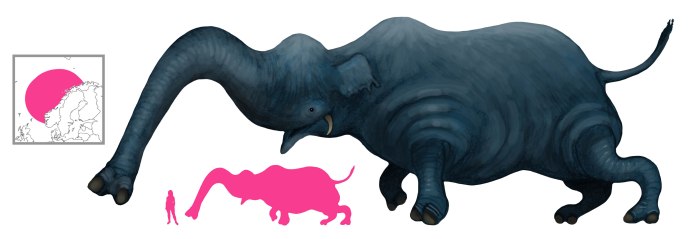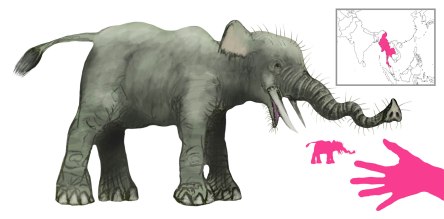Variations: Dhuga

The Borana Oromo people of Ethiopia were once in thrall to the Liqimsa, “swallowers”. These were two vile man-eating monsters that looked like elephants, and they demanded a daily tribute of human flesh.
At this rate, the Borana knew they would be exterminated before long. Some fled their tormentors, settling in different areas and starting new lineages. Others went south, but the liqimsa followed them and swallowed them all.
Only thirty warriors survived and took refuge on the Namdur hill. Among those were two brothers – the elder was known for his cunning, and the younger renowned for his courage.
The older of the brothers faced the liqimsa and announced “By the grace of Waaqa, whoever eats my flesh and drinks my blood will become immortal!” The two monsters began to argue, then fight, each claiming to more deserving of the gift of immortality. Soon they were uprooting trees and bludgeoning each other in their fury. This was the perfect opportunity for the younger brother to seize two lances, heat their points in fire, and run the monsters through their bellies.
With the liqimsa dead the Borana were free to repopulate and recolonize the areas they had lost, as well as conquer new regions and drive out their inhabitants.
Huntingford saw the legend of the liqimsa as a mythologizing of a historical event – namely, a series of military defeats inflicted by the Sidama people on the Borana.
The tale of Dhuga is probably derived from the liqimsa. Dhuga (“he drinks”) was bigger than an elephant and as tall as the Mega escarpment. A man would be sacrificed to him every day as food. This ended when a passing stranger released Dhuga’s current victim and attacked the monster while it was rolling in the dust to scratch its back and remove parasites. The stranger ran Dhuga’s belly through with a lance whose tip had been heated red-hot in fire, and that was the end of the monster.
References
Bader, C. (2000) Mythes et legendes de la Corne de l’Afrique. Editions Karthala, Paris.
Huntingford, G. W. B. (1955) The Galla of Ethiopia – The Kingdoms of Kafa and Janjero. International African Institute, London.

